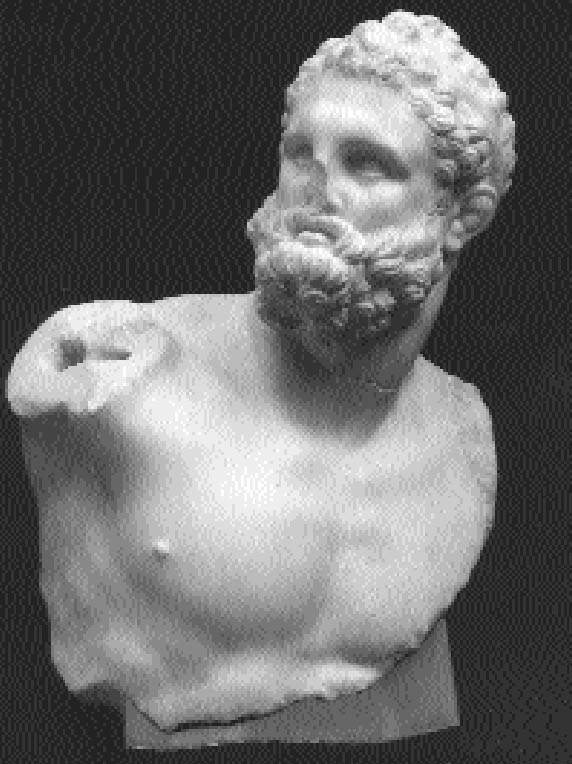A CASE STUDY IN THE USE OF CYCLODODECANE AND LATEX RUBBER IN THE MOLDING OF MARBLE
JEFFREY P. MAISH, & ERIK RISSER
1 INTRODUCTION
The technical examination of a marble bust of a pugilist (fig. 1) in the collection of the J. Paul Getty Museum, Los Angeles, California, raised questions regarding the relationship of the head to the body. Tool markings introduced the possibility of an ancient repair or a modern pastiche. It was determined that a plaster cast of the original would render these tool markings more visible than they were on the original translucent and variegated marble surface and so aid in the technical study of the bust. In considering molding operations, conservators generally envision a two-phase process: barrier protection and molding. This molding project presented a number of challenges, and to limit possible changes to the original marble surface, several issues were considered in the ultimate selection of materials:
- No barrier material should be used that would require subsequent removal. Therefore, if possible, resin barriers were to be avoided. Little to no evidence of molding should remain after the plaster cast was made.
- Heavy barrier coatings that would obscure surface details could not be used, either. Sufficient detail had to be preserved in a plaster cast to make carved tool markings clearly visible.
- The mold should not remove loosely bound material. A yellowish, loosely bound pigmentlike material was present in interstices of the marble in the hair and beard. Although it was decided that this was a modern addition to enhance contrast in the hair areas (the material was uniformly applied and readily soluble in water), the desire was to keep as much of this material in place as possible.
Fig. 1.
Bust of a pugilist, Roman Alexandria, A.D. 100–200, marble, 58.0 x 39.5 cm, J. Paul Getty Museum, 83.AA.11
 |
|
